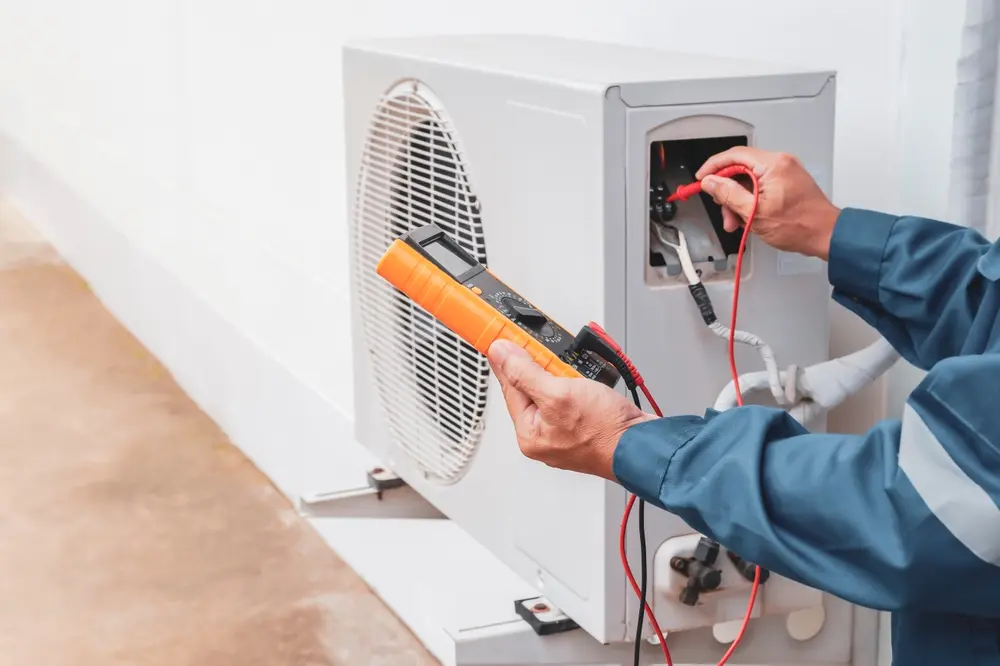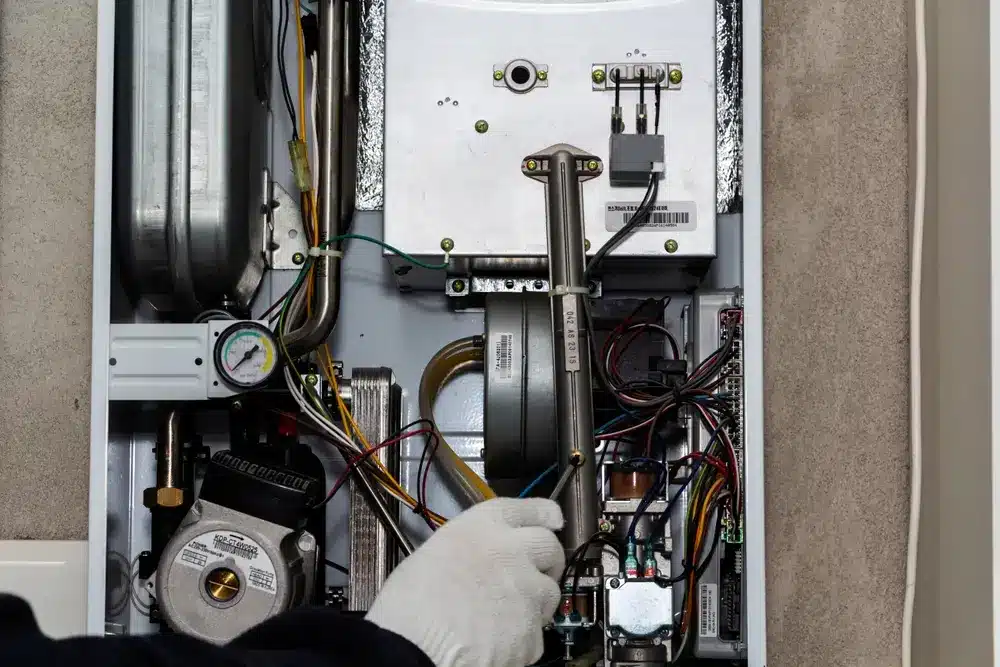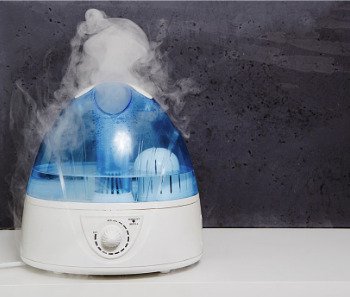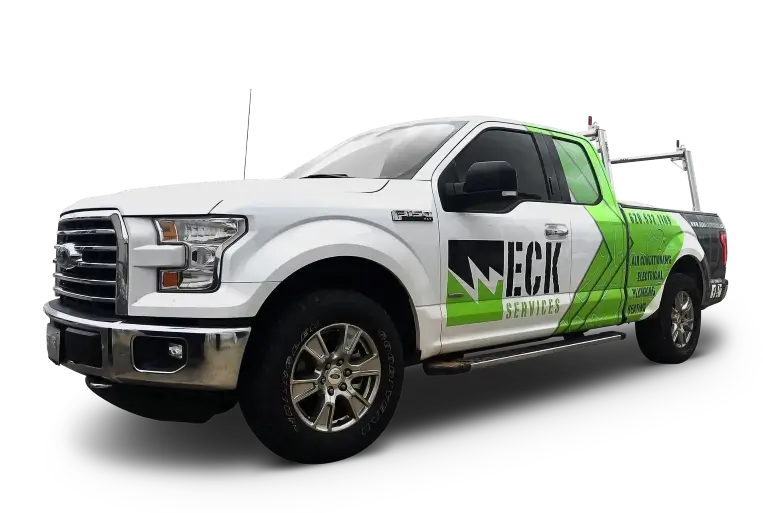Blog
What is Radiant Floor Heating? The Warm Solution For Your Home
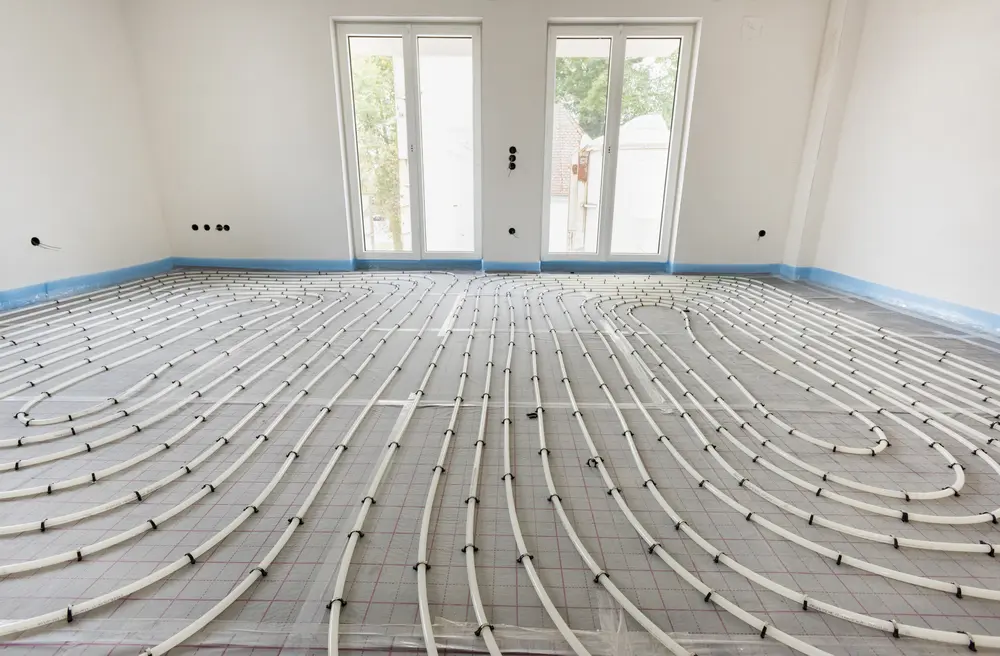
Radiant heating: a cost-efficient example of what simple ingenuity can do. Choosing radiant heating as your in-house heating system can yield several positive, good-for-the-planet improvements. With roots going as far back as 1907, radiant heating isn’t anything new.
Radiant heat works by literally radiating heat around multiple areas of your home, creating an overall warm atmosphere. These heating systems are installed discreetly, sitting below your floors so you can access them without them taking over your living space. If you’re looking for a heating system that relies on renewable energy as its main source of power instead of the traditional, energy-taxing heating system, look to Eck Services for your next heating service.
How Do Radiant Heating Systems Work?
The central function of a radiant heating system is to spread heat through your ceilings, walls, and floors through the power of convection. It doesn’t take a layered understanding of science to understand how and why radiant heating systems are the environmentally friendly way to heat a home. Choose Radiant Heating for your home or business for a low-maintenance, conscious option.
A major component of radiant heating systems is their lack of need for a fan to centrally radiate heat around any space. Although one of the most popular and easily accessible examples of radiant heating is air-heated radiation, they don’t require a fan to omit circulation. Air-heated radiant floors work by using ducts installed under your floors via a tube-like system. There is a foundation placed between the ducts and the floors that allow the heat to rise and cover an entire structure.
Eck Services provides Wichita, KS residents with supreme radiant heating installation and repair services. If you’re interested in installing one or at least having a conversation about the possibility of that, contact Eck Services for more information.
Benefits of Investing in Radiant Floor Heating
Think of radiant heating as a naturalistic alternative to getting that well-circulated, cozy home environment that makes a home a home. The method of heating that radiation produces is slow to rise, but completely rewarding once it touches the entirety of a home.
Radiant heating is not a flawless alternative by any means, but it does minimize exposure to leaky ducts, overspending on heating systems, and noise. Eck underlines a pivotal point of convenience within their radiant heating system installation services. With one quick installation process, you will barely have to touch the system again. Radiant heating systems require minimal maintenance and are durable enough to function without interference for years to come.
Another notable benefit of investing in a radiant floor heating system, preferably with Eck Services, is aesthetic freedom. For those focused on keeping your layout a reflection of your design eye, radiant heating systems are the pristine option. Radiant systems are not going to take up any open space, as they operate entirely underneath a room. If your home is design-heavy or could be in the future, invest in a heating system that doesn’t distract from the art in your home.
Quiet Operation
It pays to invest in silence. Silence is an underrated benefit of any living area, room, or location. Radiant heating systems are not powered by any high-power, loud circulation system such as a fan that could produce unwanted noise. In the same way, radiant heat softly airs out a room, it airs out complete and utter silence.
Energy Efficient
As previously mentioned, radiant systems are an environmentally conscious method of heating. Traditional heating systems are costly and inefficient because they regularly produce extra heating costs and small failures, such as warm air radiating outside due to leaky or broken ducts. Radiant systems avoid these exposures altogether.
No Impact on Indoor Air Quality
Since radiant heating systems don’t interact with outside air or any sort of mechanical circulation, there is no impact on indoor air quality. Radiant heating systems are solely focused on centralized heat circulation. The quality of your home or office will not depend on the presence of a radiant heating system.
Even Heating Throughout Your Home
In using the word ‘centralized’ when describing a radiant heating system, we are referring to how the system has one goal. Its goal is to produce even heat circulation throughout your home. The focus may be centralized heating, but the heat circulation produced by radiant heating a home the entirety of the structure.
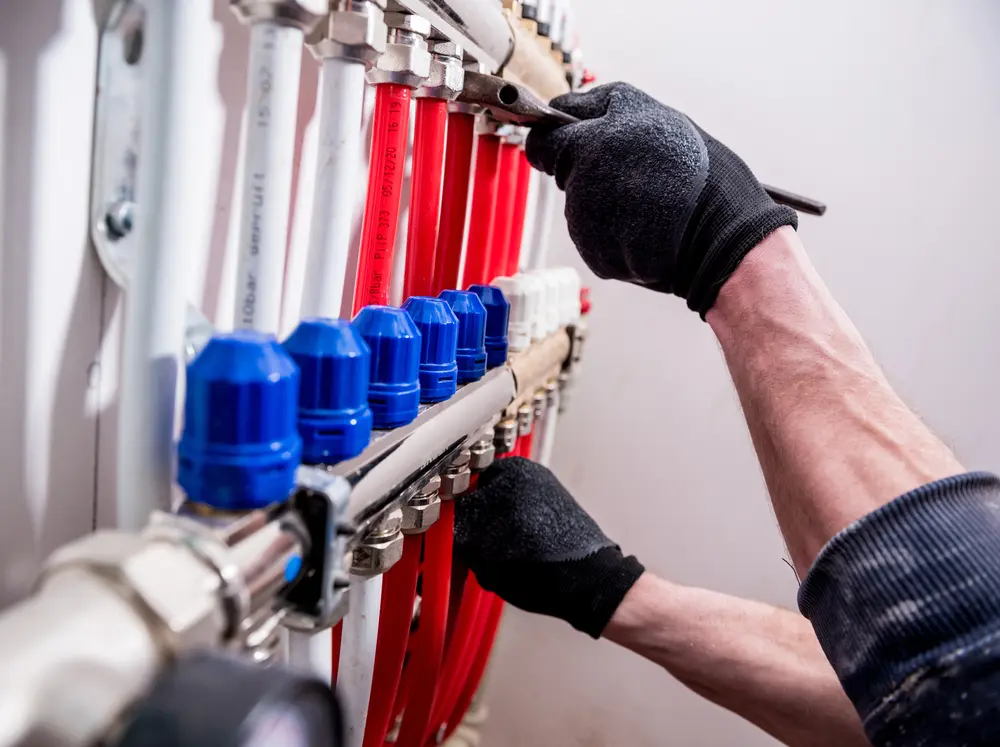
Drawbacks of Radiant Floor Heating
When examining which heating system to install in your home, it is important to consider the drawbacks or disadvantages said heating system may bring. In the case of radiant heating systems, there are a few drawbacks that may outweigh the benefits for you and your home specifically.
Here is a breakdown of the possible drawbacks a radiant heating system may have:
Cost
Even with its attractive advantages, the cost of installing a radiation heating system within a household that’s already operating with a traditional system can be costly. It is recommended that if you choose to install a radiant heating system you install one in only one or two rooms to minimize installation costs.
Elevated Floor Height
For those with aesthetic concerns, a radiant heating system may not be the minimal, pleasing floor plan you are aiming for. Because radiant systems are installed beneath your floors, there is a chance for elevated floor height. This change would need to be universal for your home to stay uniform in floor height.
Floors Need to be Replaced
When installing a radiant floor system in pre-existing homes, floors have to be completely removed for the installation process to happen. This causes many inconveniences to homeowners; space being taken up by renovation, additional costs to replace floors, and time to prepare design aspects for new flooring.
If your home is brand new, these additional inconveniences may not apply to you in choosing a radiant floor system.
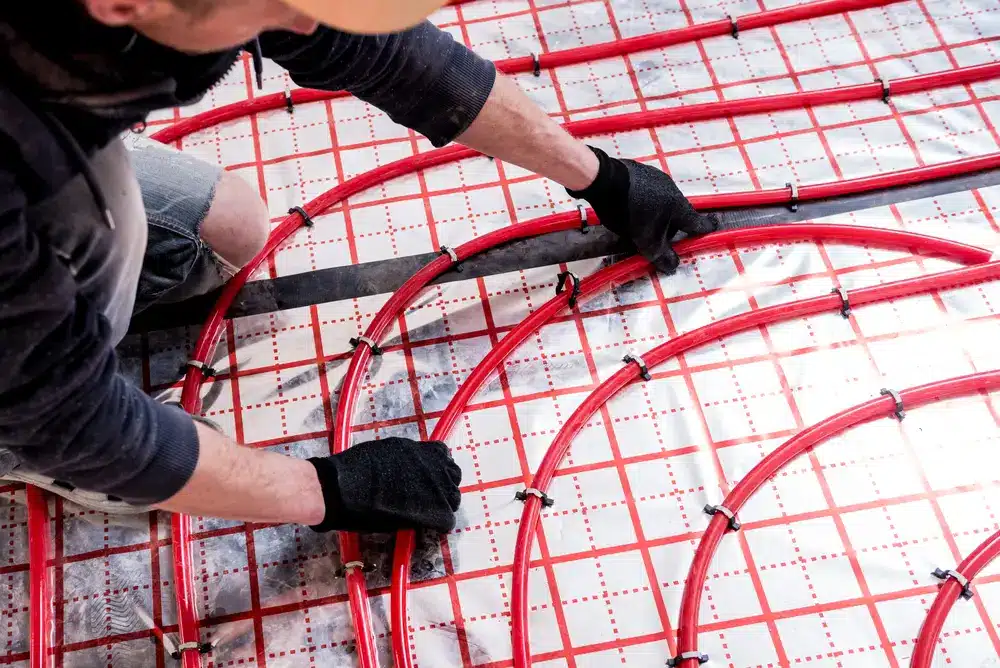
3 Types of Radiant Floor Heat
Although all radiant heating systems follow the same circulation pattern, they vary in method.
Below are the three types of radiant heating systems installed and operated by Eck Services:
1. Air-Heated Radiant Floors
Air-heated radiant heating systems function by producing heat through tubes installed underneath your floors. Because air can’t naturally produce heat, a furnace has to heat a blower device that blows hot air into the tubes. This allows heat to move up and throughout a residence slowly.
2. Electric Radiant Floors
Through a variation of mats, coils, and foils, heat is generated as electric currents make their way through. Each of these materials is electric current resistant, meaning that the friction between the current and the materials produces heat. This variant is powered solely by electricity, making it a costly option. To ensure that no wires are crossed during installation, an on-site electrician is recommended.
3. Hydronic Radiant Floors
The pipes used in this variation of a radiant heating system are hydronic, meaning they are meant to circulate hot or cold water. These work with water from a boiler to heat floors and walls, creating the most cost-effective method of radiant heating. You can install this system beneath existing floors, so it is the perfect option for those worried about the uptake.

Warm Up Your Home With Eck Services’ Radiant Floor Heating
Heat your home the right way with Eck Services’ premium radiant heating floor system services. We offer full-service heating services, from initial installation to the very limited repair and restoration services needed.
Eck Services covers every aspect of the heating process, from the pipes heat must flow through to the furnace needed to boil water in a hydronic radiation system. You can count on Eck to provide 15+ years’ worth of expertise, customer service, and professionalism, all in the Wichita, Kingman, Salina, and Pratt areas.



